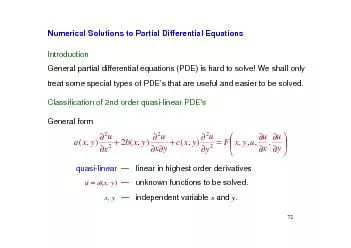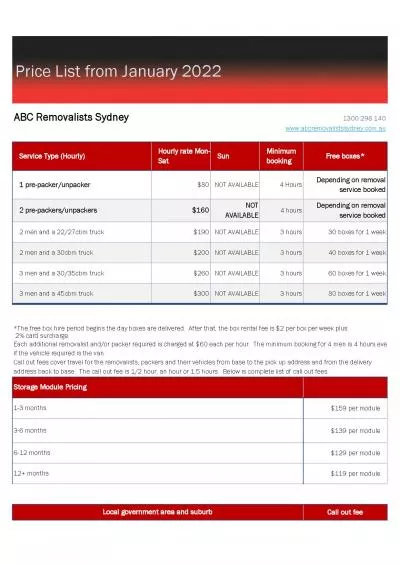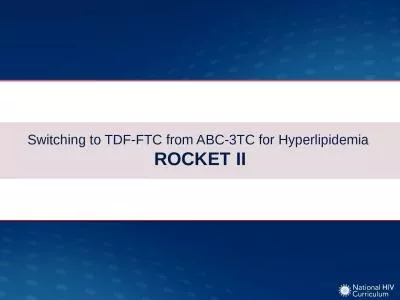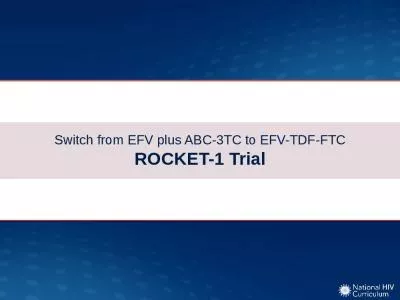PDF-74GeometricallyType may not be constant over R because abc can vary
Author : fiona | Published Date : 2021-06-05
R 75General Approach to the Solutions of PDEsStep 1 Define a grid on Rwith 147mesh points148 k jR hi xy mesh point pijih jk Step 2 Approximate derivatives at mesh
Presentation Embed Code
Download Presentation
Download Presentation The PPT/PDF document "74GeometricallyType may not be constant ..." is the property of its rightful owner. Permission is granted to download and print the materials on this website for personal, non-commercial use only, and to display it on your personal computer provided you do not modify the materials and that you retain all copyright notices contained in the materials. By downloading content from our website, you accept the terms of this agreement.
74GeometricallyType may not be constant over R because abc can vary: Transcript
Download Rules Of Document
"74GeometricallyType may not be constant over R because abc can vary"The content belongs to its owner. You may download and print it for personal use, without modification, and keep all copyright notices. By downloading, you agree to these terms.
Related Documents














